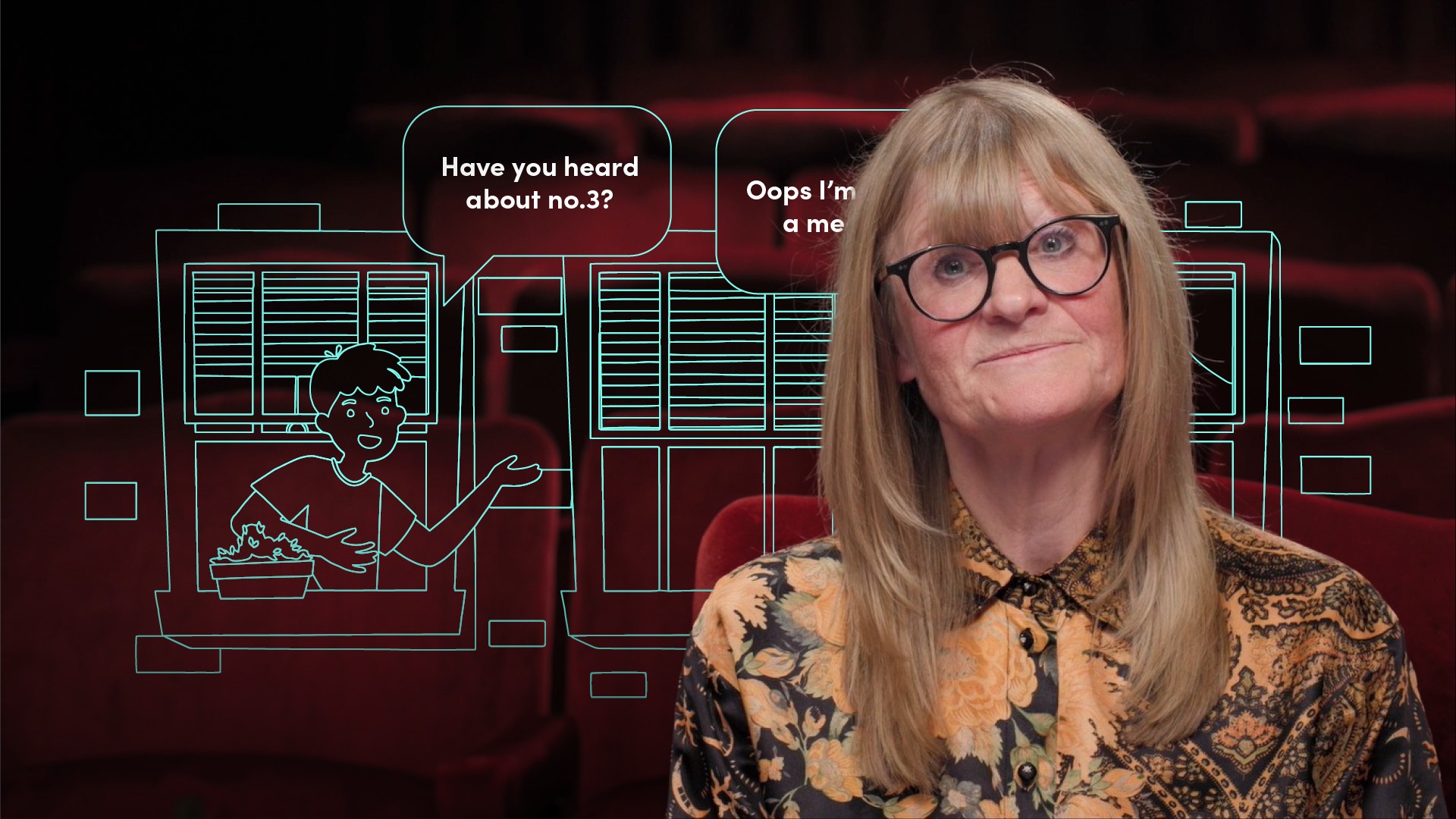
The Foundations of Active Listening

Debbie Taylor
25 years: HR & Management
In the second video of her series, Debbie outlines why active listening is important in every conversation. She explains that a failure to listen effectively can lead to professional and personal miscommunication and misunderstandings. In this video, Debbie outlines the six levels of effective listening.
In the second video of her series, Debbie outlines why active listening is important in every conversation. She explains that a failure to listen effectively can lead to professional and personal miscommunication and misunderstandings. In this video, Debbie outlines the six levels of effective listening.
Subscribe to watch
Access this and all of the content on our platform by signing up for a 7-day free trial.

The Foundations of Active Listening
5 mins 17 secs
Key learning objectives:
Outline the six levels of listening
Overview:
Active listening is important in every conversation to understand what another person is saying and provide a meaningful response. The level of listening depends on the circumstances, from a simple courteous exchange to a serious business conversation. According to Zenger and Folman there are six levels of listening.
Subscribe to watch
Access this and all of the content on our platform by signing up for a 7-day free trial.
What are the six levels of listening?
The Listener:
- Creates a safe environment in which difficult, complex or emotional issues can be discussed.Key to this: - Ensuring adequate time is allowed. If you force someone else to hurry their communications you reduce the chances of listening to anything never mind more difficult issues. - Encouraging the person to take their time talking to you and giving them your whole attention, so you give them the feeling ‘you always have time for them.
- Clears away distractions like phones and laptops, focusing on the other person, with eye contact. What this is doing is:- Eliminating interruptions. If you are constantly answering the phone and dealing with people popping their head around the door then you are clearly telling them you are busy and do not have time for them. - Having papers all over your desk can indicate that speaking to you is not going to be an easy experience, whilst the simple act of visibly clearing them away can be a very effective signpost of your willingness to listen.
- Seeks to understand the substance of what the other person is saying, capturing ideas, asks questions, restates issues to confirm understanding. From this it is clear:- You can encourage the person to continue talking and explain more of their ideas and feelings with open questions such as: ‘Tell me about’, ‘what do you feel about’ - It can be helpful for the Listener to reflect back to them what they have heard, using their own words to check that they have fully understood and be open to their further explanations if they haven’t quite got it right.
- Observes non-verbal cues, e.g. facial expressions, perspiration, gestures, posture, body language (80% of what we communicate) Looking at this:- It seems very obvious when something is not quite right and further enquiry is needed. If the person is saying everything is fine but they are unable to look you in the eye or they are fidgeting and becoming red in the face, something may be wrong. - The 80% is not an exact science, originally coming from studies by Albert Mehrabian. He actually suggested that what we communicate is 55% body language, 38% tone of voice and 7% the actual words spoken when there is incongruity in the messages sent by each. So, for example if the words ‘everything is fine’ are spoken in a high strained voice with head down, the body language and tone of voice would be saying the opposite of what the words were suggesting.
- Increasingly understands another person’s emotions and feelings about the topic and identifies and acknowledges them, empathising and validating in a supportive, non-judgmental way. Empathy is the ability to sense others’ emotions, coupled with a capacity to imagine what others might be thinking or feeling. It is not just about getting the facts of a situation. Affective empathy involves the emotions we get in response to those of other people. So, as an example, the Listener may be reflecting these back by saying:- ‘How do you feel that I can best help?’
- Asks questions that clarify assumptions the other person holds and helps them see the issue in another light. The listener may interject some thoughts, but never hijack. By way of example:‘As I understand it, you mean….’
Subscribe to watch
Access this and all of the content on our platform by signing up for a 7-day free trial.

Debbie Taylor
There are no available Videos from "Debbie Taylor"



























